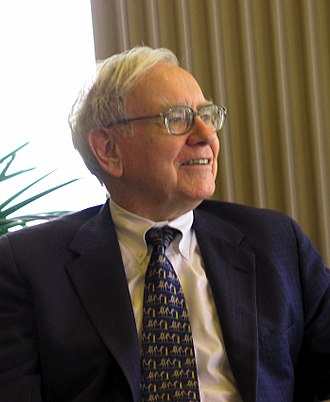“It’s far better to buy a wonderful company at a fair price than a fair company at a wonderful price.” – Warren Buffett
Warren Buffett has proven himself to be the greatest investor of all time with all the measurements of success. He has invested with the biggest size, most consistency of annual compounded returns, and in the size of those returns over the market averages.
His investment methodology is a combination of Benjamin Graham’s deep value entry strategy looking at the asset values of companies that are selling at a deep discount prices and Philip Fisher’s earnings and sales growth at a fair price method. Warren looks at the balance sheets and business model of the companies he buys and uses math to value the future cash flow streams versus the current price to see how his investment should play out over the long term.
He likes companies that require customers to purchase its products over and over again to create cash flow through recurring demand. He wants the company to have a competitive edge that is hard to disrupt due to the cost and difficulty of competition to steal their customers. His initial holding period is forever but he does sell companies when he sees trouble in their financials or a deteriorating advantage. He gets very interested in buying the best companies when their prices are down dramatically during panics, crises, and bear markets. He buys less and less as bull markets get higher and higher.
He wants to buy the best companies but only at their lowest prices to create the best risk/reward ratio on entry and have a huge safe margin if it does go lower.
What have Warren Buffett’s returns been with his investment portfolio? The Berkshire Hathaway stock portfolio has averaged and incredible +20.5% compounded annual return year over year from 1965 to 2018 while the S&P 500 has gained an average +9.7% a year compounded return counting dividends.
Here is a list of the current top 10 stocks in Warren Buffett’s portfolio in order of number of shares for the position as of June 30. This information is from the Berkshire Hathaway’s last 13-F filing that was released as public information on Aug. 15:
- Bank of America (BAC), 927.3 million
- Wells Fargo (WFC), 409.8 million
- Coca-Cola (KO), 400 million
- Kraft Heinz (KHC), 325.6 million
- Apple (AAPL), 249.6 million
- American Express (AXP), 151.6 million
- Sirius XM (SIRI), 137.9 million
- U.S. Bancorp (USB), 132.5 million
- Bank of New York Mellon (BK), 80.9 million
- General Motors (GM), 72.3 million
Warren Buffett also recently started buying and growing a position in Amazon (AMZN). His recent positions in Apple and Amazon show how both those stocks have transitioned from speculative tech companies to cash flowing consumer consumption names for Buffett to get interested in buying them both because he finally understands them both.
These are great stocks to add to a watch list and examine their financials, brand, business model, business edge, and products to understand what Mr. Buffett sees.
